Spalted Wood
Find out how wood and fungi interact to create beautiful boards
A growing number of woodworkers are looking past the decay and discovering the beauties of spalted wood (see health note below). Spalting, the coloring or bleaching of wood by fungi, can happen to any kind of wood, but various conditions determine whether the result is a prizewinning specimen or a punky lump.
These include the types of fungi that colonize the wood, how long the fungi remain there, the interactions between different types of fungi, and the type of wood itself. There are three main types of spalting in hardwoods: white rot, pigment (commonly referred to as stain), and zone lines.
|
|
| Just for show. Because spalted wood may have lost some strength, it’s best for non-load-bearing locations such as floating panels. This cabinet, built by Chris Gochnour, uses book-matched panels of spalted maple. |
Softwoods generally don’t produce usable spalted wood as they are more susceptible to brown rot, which often degrades the wood too quickly for use.
White rot is fast but hard to control–White-rot fungi give spalted wood its white appearance by bleaching the lignin found in the walls of wood cells. However, these fungi also reduce the strength and weight of the wood. One of the most common white-rot fungi is Trametes versicolor. Commonly known as turkey tail, it grows on dead hardwoods in a fan shape in overlapping rows, and has alternating colored bands of brown, blue, yellow, red, or black.
|
|
| Turkey tail for fast spalting. Trametes versicolor, commonly known as turkey tail, grows on dead hardwood across much of North America. A white-rot fungus, it bleaches the wood quickly, but causes too much decay if not stopped in time. Photo: Sara Robinson |
It can be found from July through October in North America. Trametes versicolor is an aggressive colonizer, making it fantastic for spalting due to its quick growth, but care should be taken not to let it decay the wood past a usable state.
Pigment fungi can be hard to locate–Blue-stain fungi are the most common types of pigmentation, but there are other fungi that impart vivid hues of pink, green, and orange. Most of these brightly colored fungi are secondary colonizers, meaning they can only spalt wood after another fungus has gone through and taken away some of the wood’s natural barriers.
|
|
| Pigment fungi color the wood. These color wood pink, blue, green, or orange. Like most pigment fungi, this green Chlorociboria aeruginascens grows on the inside of the tree. |
Pigment fungi can be allowed to spalt wood for much longer than white-rot fungi, and not as much care is needed to ensure the continued stability of the wood.
Pigment fungi in the genus Ceratocystis spp. don’t have an easily recognizable fruiting body, like a mushroom, so often the only way to find them is in fallen timber. If you see wood with blue stain, gather shavings or sawdust for do-it-yourself spalting.
Lines usually need two or more fungi–Thin, winding lines of black, red, and sometimes brown that streak across wood are known as zone lines. They form when one fungus erects a sort of wall to protect its resources, or when two or more fungi antagonize each other.
|
|
| A source for black lines. Dead man’s finger is the apt name for this fungus, which can be found growing on stumps of hardwood trees. It causes the dark lines that are often found on spalted wood. |
Xylaria polymorpha (dead man’s finger) is probably the most well-known fungus that causes these zone lines. It grows worldwide on decaying hardwood and generally resembles a cluster of black “fingers” growing up out of a stump or log. This fungus can erect zone lines on its own, but also puts them up quickly when another fungus is near.
|
MORE ON SPALTING |
|
Photos by Mark Schofield, except where otherwise noted.
A note on spalted wood and your health: There is a misconception among many woodworkers that working with spalted wood is particularly dangerous. Most fungal spores are about as harmful to a healthy adult as wood dust, so if you sand spalted wood, wear a mask. However, people with immune system disorders should not work with spalted wood.
Fine Woodworking Recommended Products

AnchorSeal Log and Lumber End-Grain Sealer

DeWalt 735X Planer

Ridgid R4331 Planer

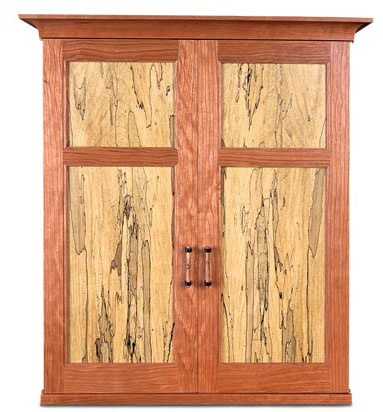
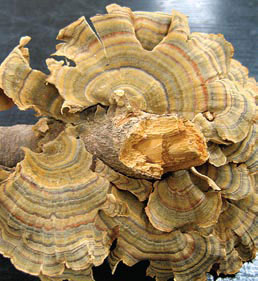
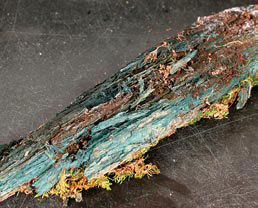





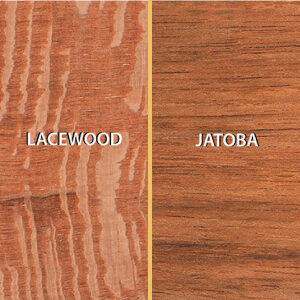
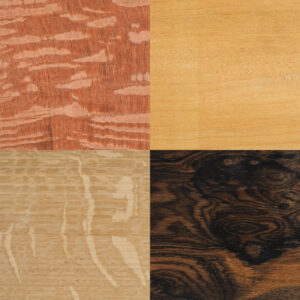
















Comments
Where is the pdf of this article 'in printer-friendly format'???
Log in or create an account to post a comment.
Sign up Log in